Yuri Lyamin and N.R. Jenzen-Jones
One of the greatest mysteries of the Syrian military industrial complex is a 302 mm rocket system known as the Khaibar-1 (also referred to as the M302 or M-302). Information about this system is limited, largely due to the lack of primary source material and low number of useful photographs. On March 5th of this year, the Israel Defence Forces (IDF) reported that a special operations unit of the Israeli Navy, Shayetet 13, seized the Panamanian-flagged merchant ship Klos-C in the Red Sea. Part of the shipment seized included Syrian rockets referred to by the IDF as the M302, supposedly destined for the Palestinian groups in the Gaza Strip.
Khaibar-1 rockets are 302 mm unguided, rail-launched surface-to-surface rockets with a fixed fin configuration, fired from four and six rocket capacity box launchers. These have been documented in fixed positions, as well as mounted on light trucks and semi-trailers. These multiple launch rocket systems (MLRS) have been documented in the aftermath of Israeli strikes in Lebanon, in 2006, and as captured by rebels in Syria, in 2013.
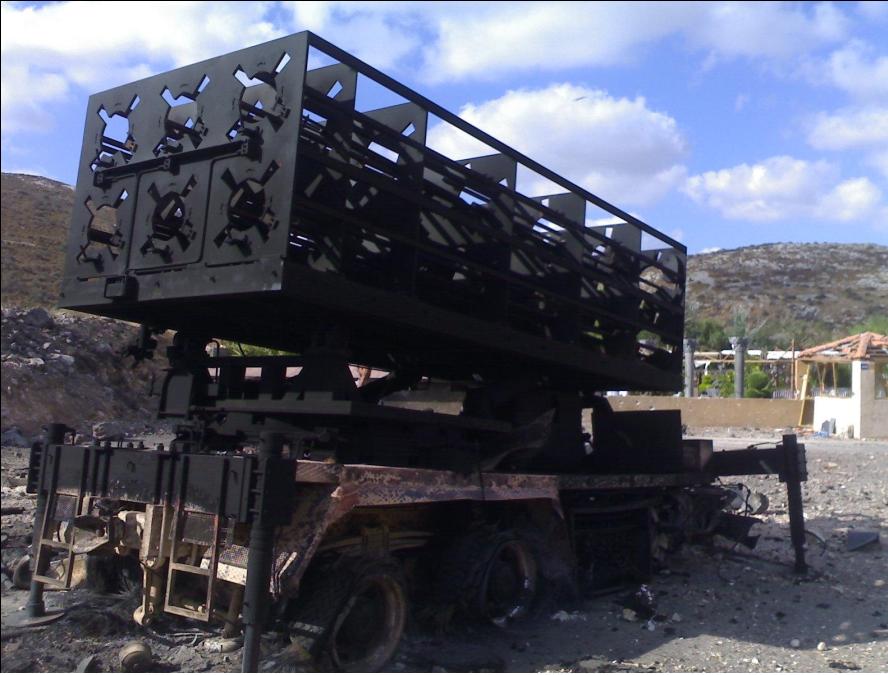
Trailer-mounted Khaibar-1 launcher, destroyed by an Israeli airstrike in Lebanon, 2006 (source).
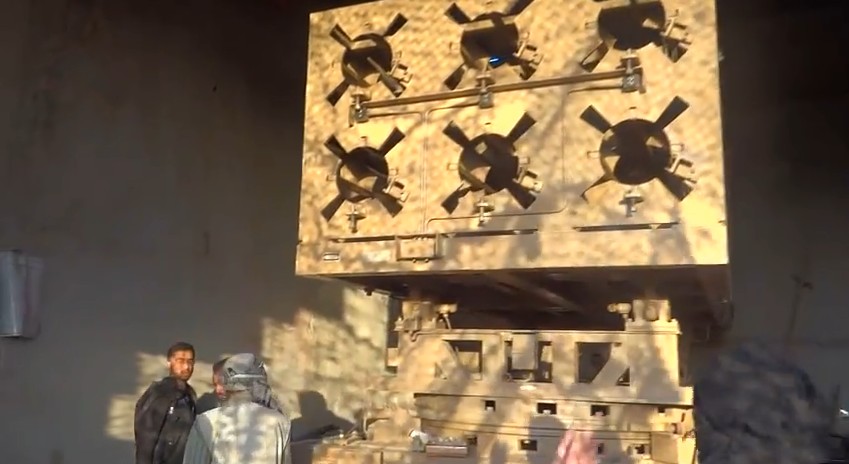
A fixed Khaibar-1 launcher, captured by Syrian rebels from pro-government forces in 2013 (source).
The system is clearly not related to any known Soviet/Russian or Iranian MLRS. Whilst launchers have previously been documented, public domain imagery of Khaibar-1 rockets limited to a handful of pictures documenting fragments that remained after their use by the armed wing of the Lebanese movement Hezbollah against Israel during the conflict in 2006.
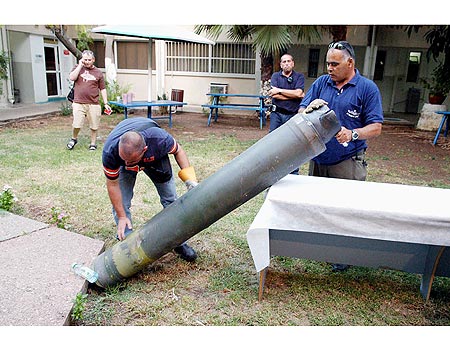
The remnants of a Khaibar-1 rocket in Afula, Israel in 2006 (source).
Photos and videos of the captured rockets aboard the Klos-C released by the IDF constitute, to our knowledge, the first open source images showing the entire Khaibar-1 (M302) rocket. According to the IDF, the rockets were manufactured in Syria and then transported to Iran for shipment to Gaza. Iran is known to have assisted with Syrian rocketry programs in the past, and there is an established precedent of weapons being manufactured in Syria and then transferred to Iran, and further abroad. The following video and images were released by the IDF (the last image is a screen capture from the video).
It has long been thought that Khaibar-1 (M302) rockets are Syrian derivatives of rockets for the Chinese WS-1 and/or WS-1B MLRS. The WS-1 (卫士; Weishi or “Guardian”) series rockets are visually very similar to the Khaibar-1, and the launchers also share some characteristics. With the emergence of the images released by the IDF, the arguments for the systems’ shared origin are further strengthened:
- The Syrian Khaibar and Chinese WS-1 series are both produced in the uncommon 302 mm calibre. Russia and Iran, the main suppliers of arms to Syria (excluding China), do not produce rockets in these calibres;
- Both the Syrian and Chinese systems feature for fixed tail fins, a characteristic not often seen on (relatively) modern MLRS systems;
- The maximum range for the Khaibar-1 rocket is typically given as 100 km, which coincides with the 100 km official range of WS-1 rockets (180 km for WS-1B rockets);
- The WS-1 series are produced only for export, and China actively promotes not only the sale of the MLRS, but technology transfer options as well. Production of such systems occurs under license in Turkey and more recently in Thailand. We cannot exclude the possibility that Syria may have acquired licensed the production technology from China. The launchers themselves, however, appear to be an indigenous design.
There appear to be several variations in identifying characteristics between the captured Khaibar-1 rockets displayed by the IDF. There are two types of fins, differences in ogive shape (some are more conical, others more parabolic), and some differences in marking (width and positioning of coloured bands, etc.). More images are available here.
Below are data sheets for the WS-1 and WS-1B, showing the relevant technical characteristics as well as the obvious visual similarities between the WS-1 series and the Khaibar-1.

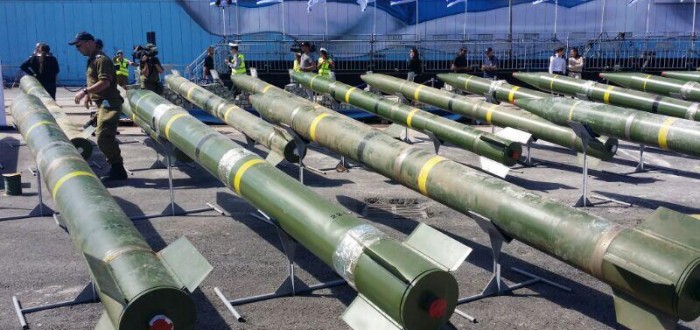
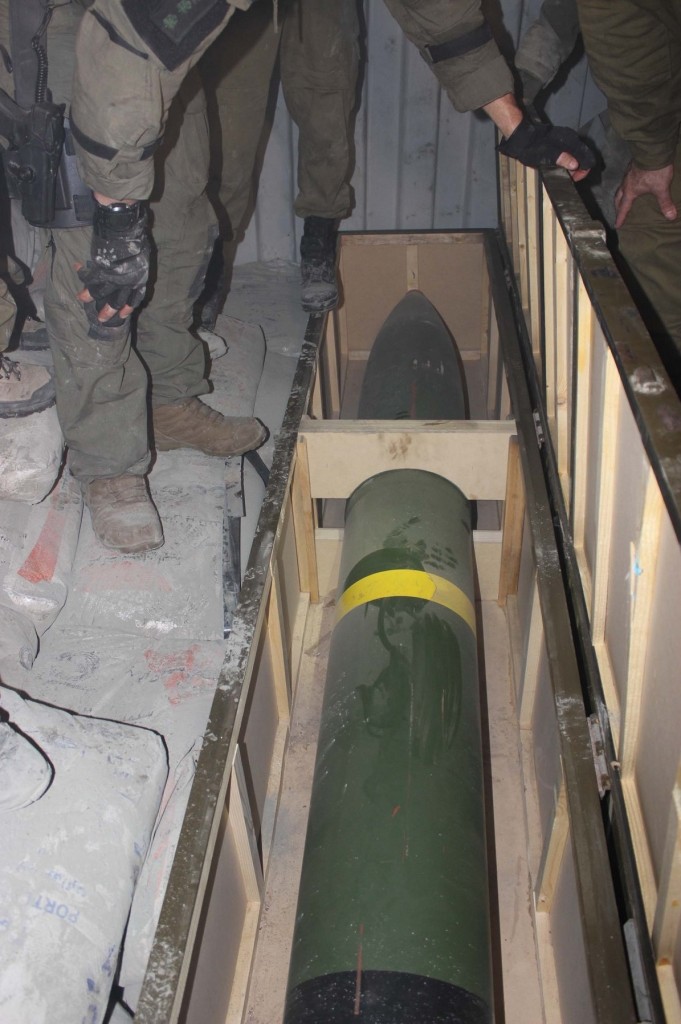
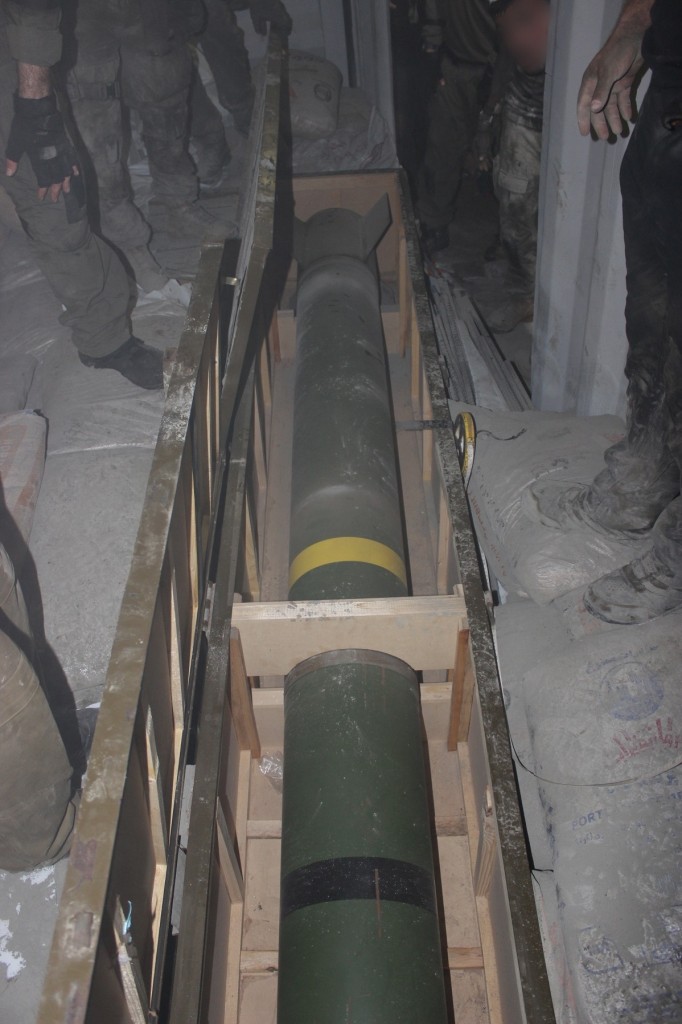
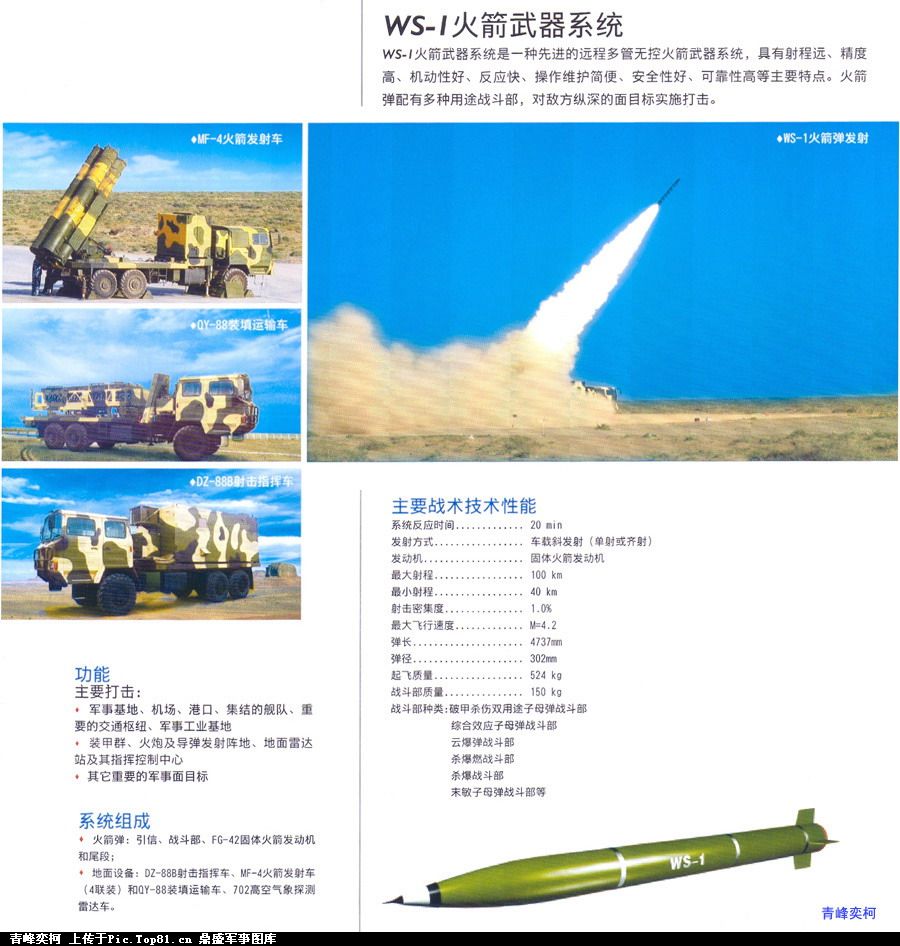

Pingback: How Hamas’s Arsenal Shaped The Gaza War of May 2021